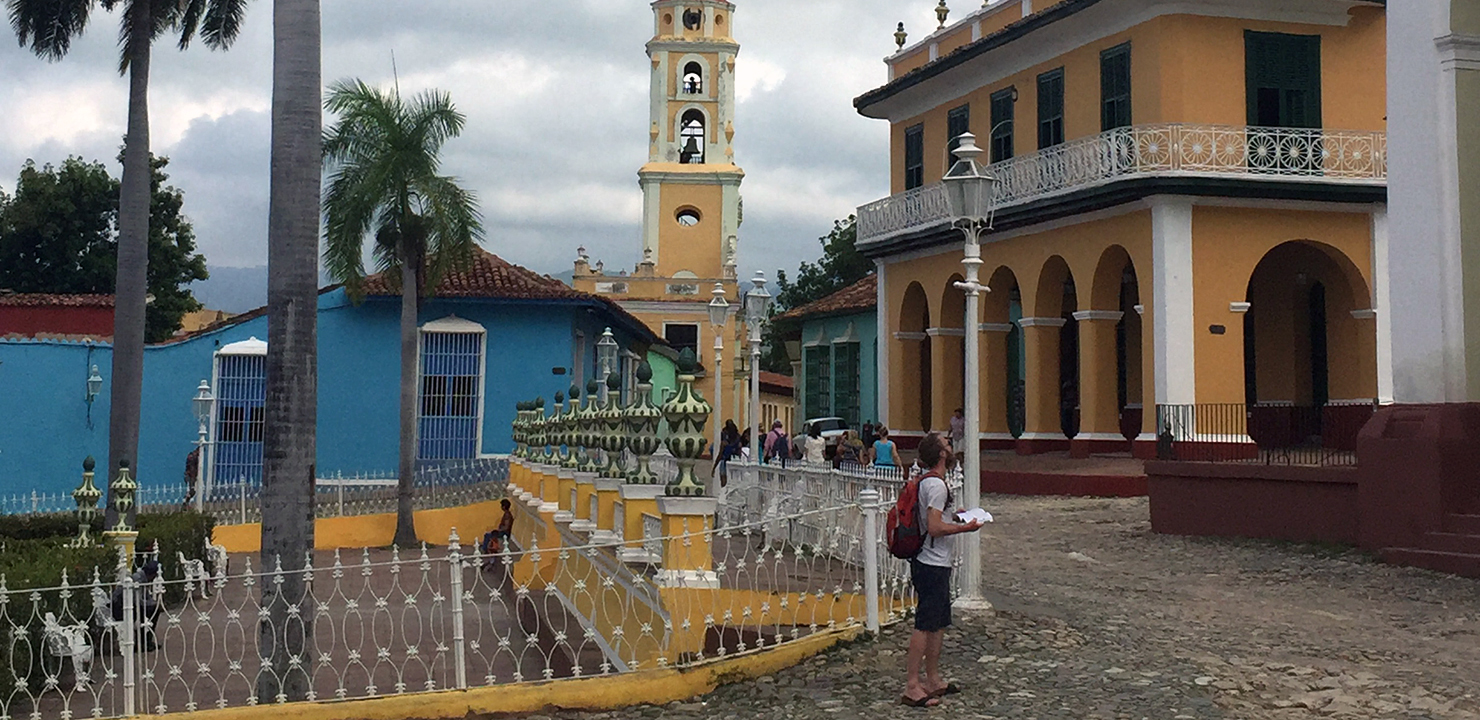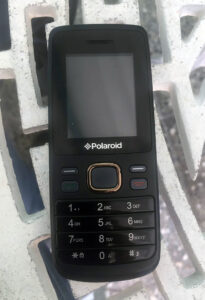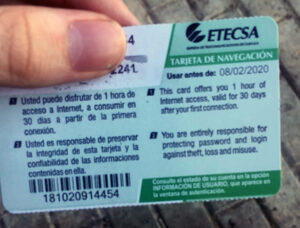Hasta Siempre Internet


So you’ve decided you want to come down to Cuba… Tropical sun, mojitos and revolution, also no internet. Yeah, you might as well throw your fancy smart phone away now ’cause you won’t be using it here.
THE END! Just kidding, it isn’t that bad. But spending a few days offline before you go might help in getting accustomed to living somewhere where staying connected is a few blocks away rather than just one click away. Being able to get around offline is also just a useful skill that’s becoming increasingly rare in a world that is becoming ever more dependent on technology. In our era of globalization, Cuba has been left in a peculiar situation. For years, the main challenge that stopped Cuba from connecting was the U.S. based connection cable simply going around Cuba due to the embargo. However, recent advancements in telecommunications, specifically satellites, have allowed Cuba to connect. As such many articles you find online may be outdated (this one too might join them in a few years). T-Mobile seems to be the only U.S. cell phone provider that is able to provide coverage in Cuba but at a hefty price. Texts cost $.50 each while calls are $2/minute and data is $2/MB so unless you are willing to spend a fortune it isn’t worth it. But don’t despair! The IFSA study abroad program is ready to take you back to the early 2000s with your very own Cuban burner phone! (Don’t actually burn it though).

With this wonderful state of the art technology you can load ‘minutes’ on a Cuban SIM card to make $.35 cents/minute calls and send texts for $.09 cents to other Cuban phones. You can’t text the U.S, but you can call at the (relatively) low price of $1/minute. Calls from the U.S. are free (for you) and your friends and family in the U.S can load more minutes on to your phone via a website called ding.com These bad boys can’t use data but they can connect to FM Radio and make 10-second audio recordings that you have to delete immediately after because <NOT ENOUGH STORAGE> it’s basically like Snapchat but without the ability to take pictures or chat.
Landlines are the cheapest form of communication in Cuba and provide a neat way to quickly end all your friendships in Cuba. Simply call a cell phone from your landline and the cell phone user will always pay regardless of who is making the call. If you would prefer to not be despised by everyone you call it’s better to use the ‘llamada perdida’ method in which you call a cell phone from a landline but then hang up after one ring which lets the cell phone user know to call you back whenever they are at a landline.
Hope you didn’t trash your smartphone at the beginning of the article cause you can still use it while you’re in Cuba. There is Wi-Fi in Cuba that can be accessed via ETECSA Wi-Fi cards, which grant up to five hours of Wi-Fi.

Wi-Fi cards cost $1/hour and can be purchased at any ETECSA office. ETECSA offices are scattered across Havana and can be found at pretty much any commercial center, closest one to the university is at the FOCSA building. Some Wi-Fi parks have an ETECSA booth but these usually run out of Wi-Fi cards fast. It’s usually best to just go early to one of the offices and buy in bulk, however you’re only allowed to buy three cards at one time so at most you will only have 15 hours of Wi-Fi. Once you have a Wi-Fi card you are now set to go out and find a Wi-Fi spot.
Most Wi-Fi spots are public parks scattered across Havana and other major cities in Cuba. In Havana, you won’t be more than a couple of blocks away from a Wi-Fi spot. Internet censorship in Cuba is practically nonexistent but there are a few sites which aren’t yet supported in Cuba, which include Snapchat, Spotify, and Netflix. You will need a VPN to use these in Cuba. Facebook, Twitter, YouTube, Gmail and WhatsApp, however, all work fine without VPN. After reading about these complications you may feel overwhelmed but Cubans have discovered ways to get around many challenges posed by limited internet access which you can use too!

- USB: The cloud is hard to access in Cuba so say bye to Google docs, but USBs make a good alternative. In Cuba, USBs are there own closed off internet network with people passing on apps, music, and even TV shows through what’s called “el paquete” which is just a USB loaded up with media
- Maps.Me: If what terrifies you the most about no internet is not being able to use Maps on your phone, maps.me is here to save you. maps.me is an app in which allows you to download the map of an entire region or country so that it works offline. You can use it to find places to eat, stores, and attractions. It uses surprisingly little space on your phone and it’s free.
- Spotify Premium: Best way to bring music with you to Cuba. Just remember to download music before coming (especially if you don’t have a VPN). It can be done at a Wi-Fi spot in Cuba but it’s a slow process. The drawback is that downloading music takes up a lot of storage so be sure to save some space for pictures!
- Drafts: You’ll find that drafts are key to using your Wi-Fi time efficiently. Don’t waste your Wi-Fi time on typing up emails when you can simply make a draft offline, click “send” and it will automatically send the moment that you connect to Wi-Fi. This method also works for Twitter and even for Snapchat.
Alan H. | International Studies major | University of Texas at Austin | Universidad de La Habana Partnership | Spring 2019 | IFSA International Correspondent